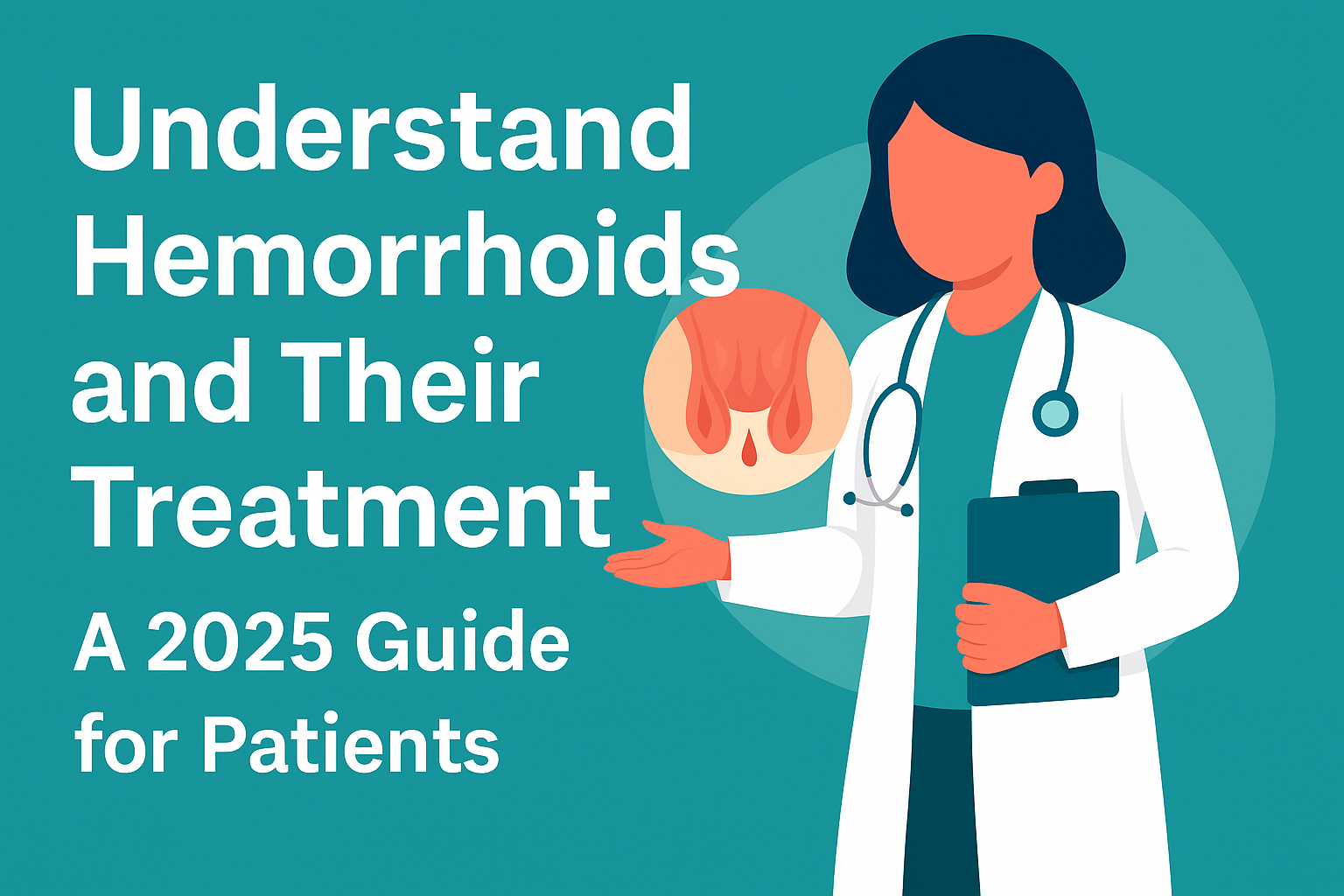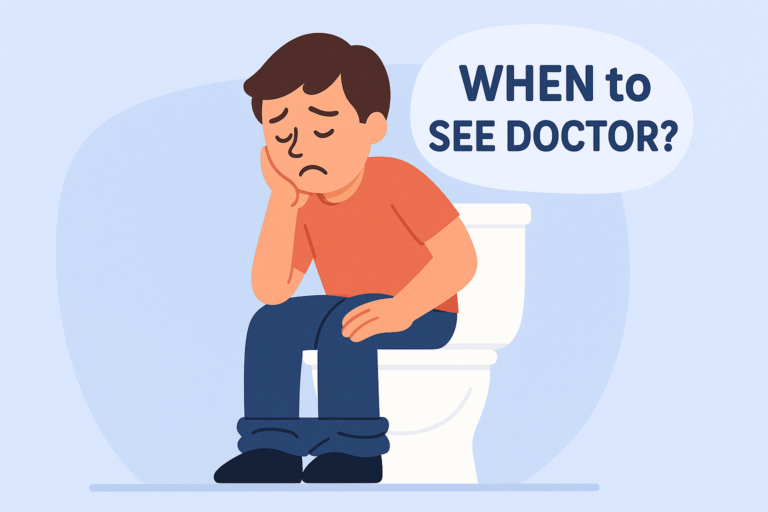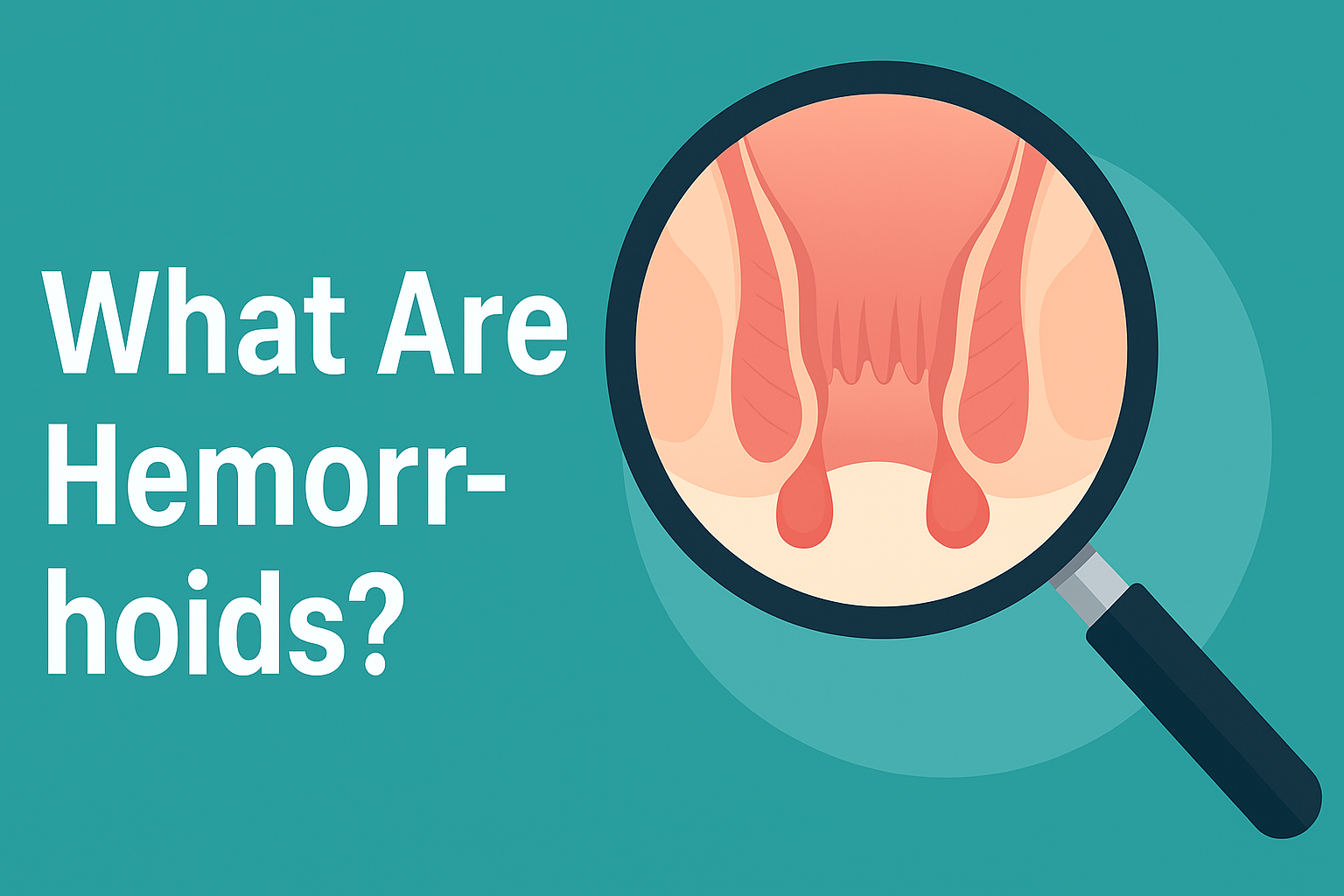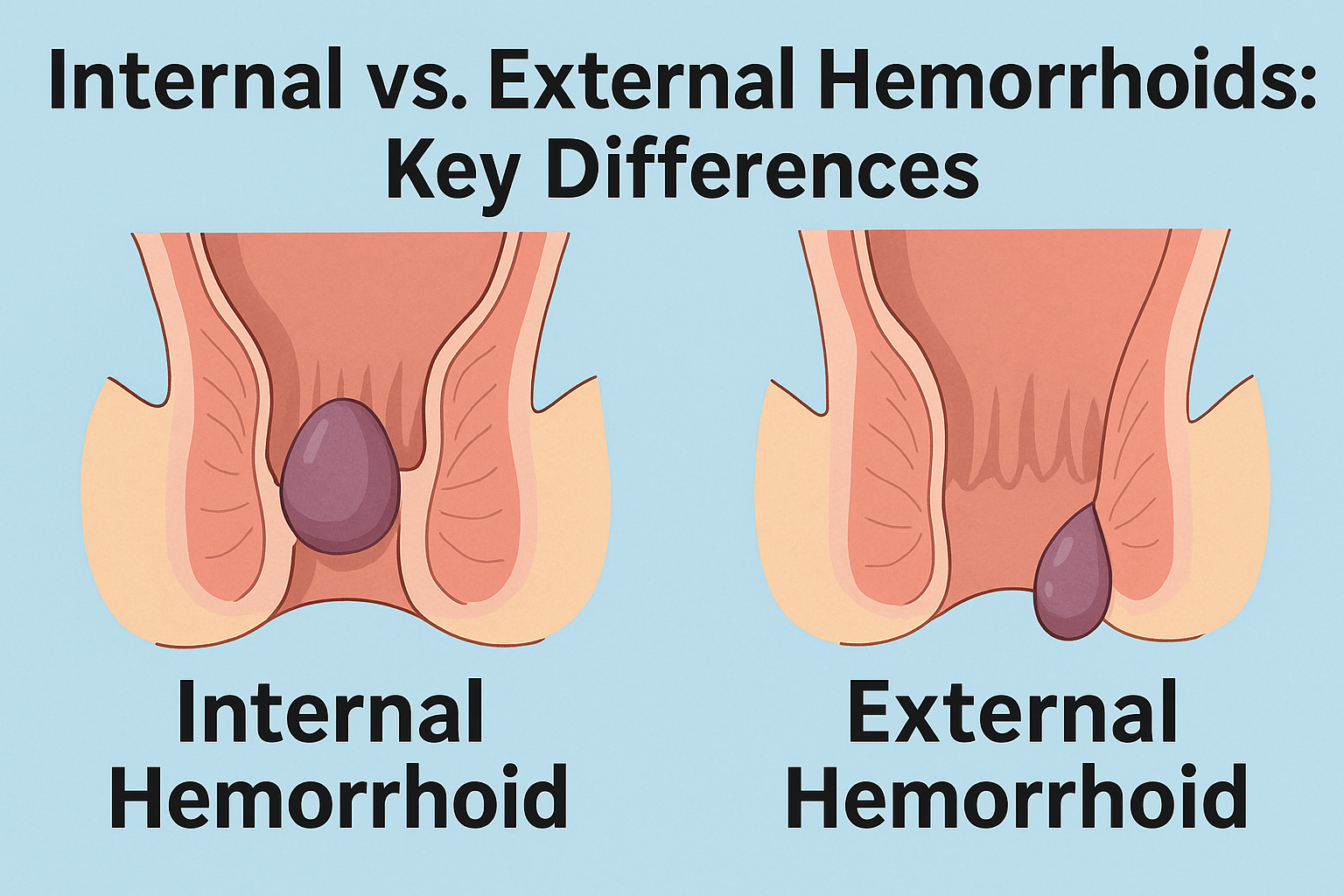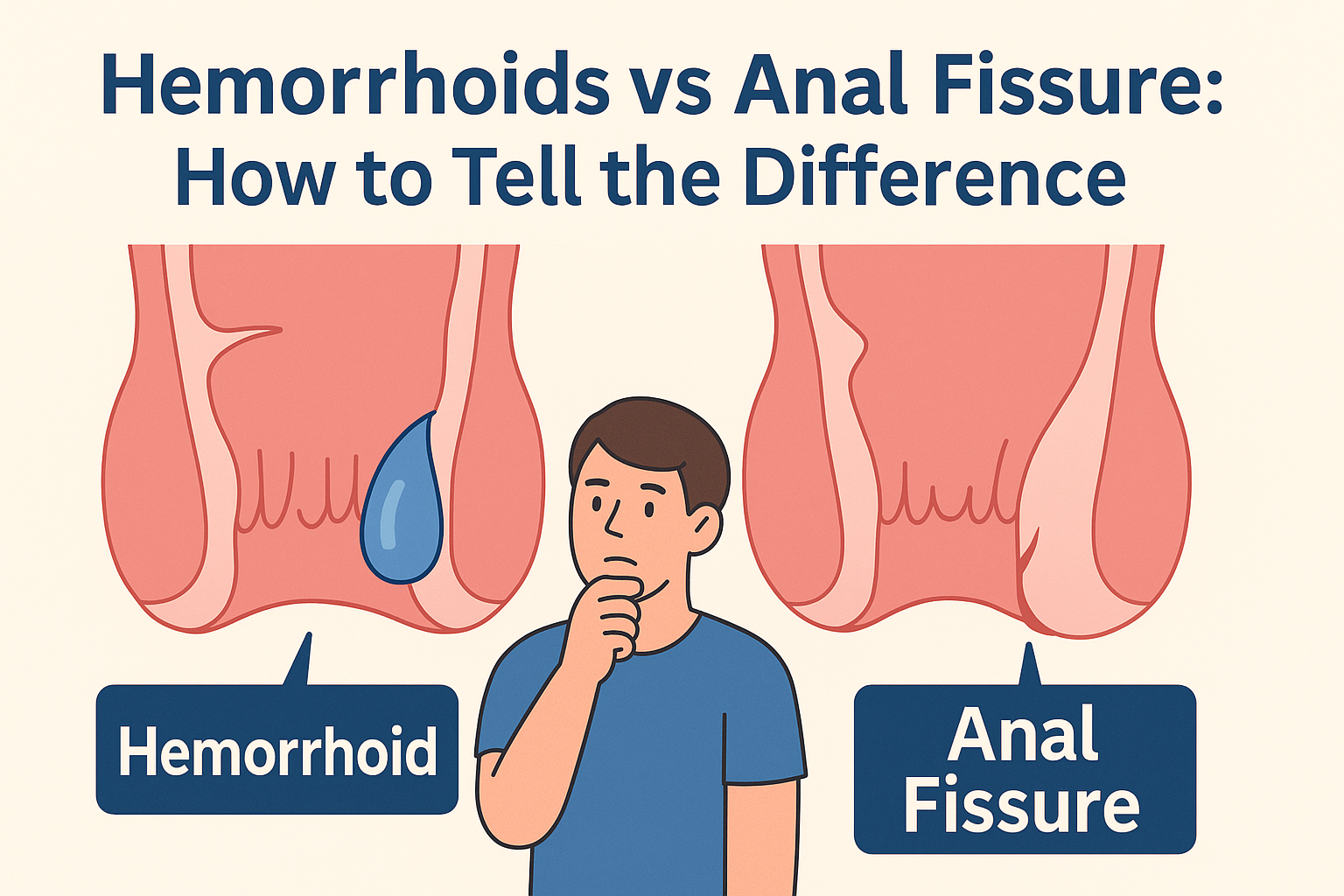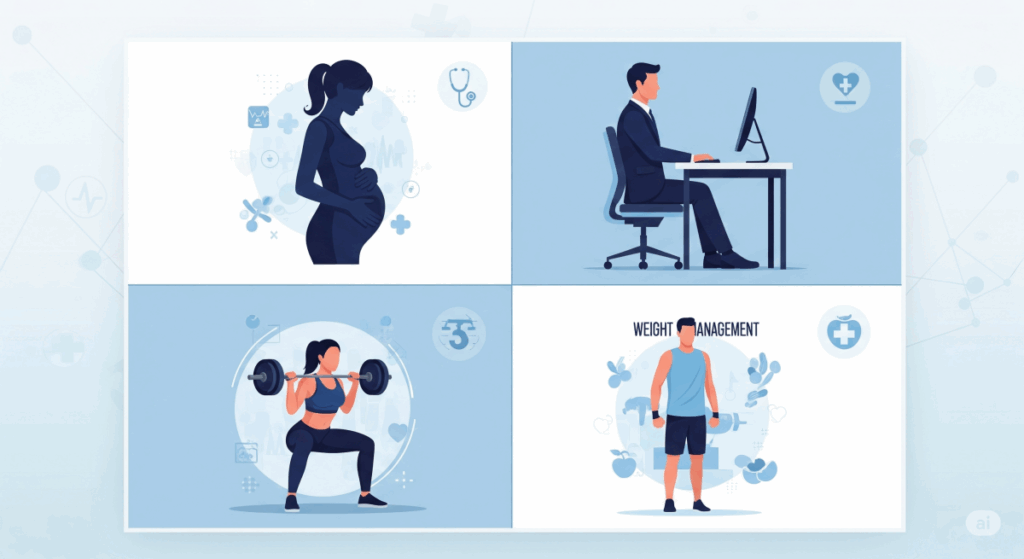
Hemorrhoids affect millions of Americans, yet many people don’t realize they’re at risk until symptoms appear. Understanding which hemorrhoid risk groups face higher chances of developing hemorrhoids—and knowing the right prevention strategies—can help you take proactive steps to protect your health and comfort.
While hemorrhoids can affect anyone, certain lifestyle factors, occupations, and life stages significantly increase your risk. Let’s explore the most vulnerable hemorrhoid risk groups and discover targeted solutions that can make a real difference.
Identifying Hemorrhoid Risk Groups: Who’s Most Vulnerable?
Pregnant Women: The Hormonal and Physical Challenge
Why the risk is elevated: Pregnancy creates a perfect storm for hemorrhoid development. Growing babies put increasing pressure on pelvic blood vessels, while hormonal changes cause blood vessels to relax and swell more easily. Additionally, pregnancy-related constipation compounds the problem.
Common triggers during pregnancy:
- Increased abdominal pressure, especially in the third trimester
- Hormonal changes affecting blood vessel elasticity
- Iron supplements causing constipation
- Reduced physical activity in later pregnancy stages
- Straining during bowel movements due to constipation
Studies show that up to 85% of women experience hemorrhoids during pregnancy or shortly after childbirth, making this the highest-risk group for hemorrhoid development.
Office Workers and Sedentary Professionals: The Sitting Epidemic
Why prolonged sitting matters: Spending 6-8 hours daily in a chair puts continuous pressure on the rectal area, reducing blood flow and increasing the likelihood of swollen blood vessels. This risk is compounded by poor posture and infrequent movement breaks.
Daily habits that increase risk:
- Sitting for more than 2 hours without standing
- Poor ergonomic setup leading to slouching
- Eating lunch at the desk, often choosing low-fiber fast foods
- High stress levels affecting digestive health
- Limited bathroom breaks due to busy schedules
The American workforce spends an average of 10 hours per day sitting, creating widespread risk for hemorrhoid development among office professionals.
Overweight and Obese Individuals: The Pressure Factor
The weight-hemorrhoid connection: Excess weight, particularly around the abdomen, increases pressure on pelvic blood vessels. Additionally, obesity often correlates with sedentary lifestyles and dietary patterns that contribute to constipation.
Contributing lifestyle factors:
- Increased intra-abdominal pressure from excess weight
- Lower physical activity levels
- Diets higher in processed foods and lower in fiber
- Difficulty maintaining proper hygiene
- Higher likelihood of straining during bowel movements
Research indicates that individuals with a BMI over 30 are 50% more likely to develop hemorrhoids compared to those with normal weight ranges.
Athletes and Weightlifters: The Strain Factor
When fitness becomes a risk factor: Heavy lifting, intense training, and activities that involve holding your breath and straining (like powerlifting) can dramatically increase abdominal pressure and stress blood vessels in the rectal area.
High-risk activities and habits:
- Heavy weightlifting with improper breathing techniques
- High-intensity exercises that involve straining
- Dehydration from intense workouts
- Low-carb diets that may reduce fiber intake
- Using performance supplements that can cause constipation
Athletes who regularly perform exercises involving significant abdominal pressure face a 30% higher risk of hemorrhoid development than recreational exercisers.
Understanding Common Risk Factors Across All Groups
Dietary Patterns That Increase Risk
Regardless of your primary risk category, certain eating habits universally increase hemorrhoid risk:
Low fiber intake: The standard American diet often falls short of the recommended 25-35 grams of daily fiber. Most Americans consume only 15 grams daily, contributing to harder stools and increased straining.
Processed food reliance: High-sodium, low-nutrition foods contribute to constipation and inflammation. Fast food consumption correlates directly with increased hemorrhoid risk.
Insufficient hydration: Less than 8 glasses of water daily can lead to harder stools. Dehydration is particularly common among busy professionals and athletes.
Irregular eating patterns: Skipping meals or eating at inconsistent times affects digestive regularity and can lead to digestive stress.
Bathroom Habits That Compound Problems
Straining during bowel movements: Often caused by constipation or rushing, straining dramatically increases pressure on hemorrhoidal blood vessels.
Prolonged sitting on the toilet: Reading or using phones while on the toilet increases pressure duration and reduces blood flow to the area.
Ignoring urges: Delaying bowel movements can lead to harder stools and more straining when you finally do go.
Poor positioning: Not using proper posture during bowel movements can increase the effort required and pressure applied.
Lifestyle Factors That Affect All Risk Groups
Chronic stress: High stress levels affect digestion and can lead to irregular bowel movements or constipation.
Lack of regular exercise: Physical activity promotes healthy digestion and blood circulation, reducing hemorrhoid risk.
Poor sleep patterns: Inadequate sleep affects overall health and can contribute to digestive irregularities.
Medication side effects: Certain medications, particularly pain relievers and iron supplements, can cause constipation.
Prevention Solutions Overview
Understanding your risk factors is the first step—now let’s explore the proven solutions that can help prevent hemorrhoids from developing or worsening.
Sitz Baths
How they work: Warm water therapy that promotes blood circulation, reduces inflammation, and provides immediate comfort. Best for: All risk groups, particularly pregnant women and those experiencing discomfort.
Learn more: → Best Hemorrhoid Sitz Baths: Complete Buying Guide
Hemorrhoid Wipes
How they work: Gentle cleansing that reduces irritation from traditional toilet paper while providing soothing relief with healing ingredients. Best for: All groups, especially office workers and those prioritizing hygiene and convenience.
Learn more: → Best Hemorrhoid Wipes: Top Brands Compared
Hemorrhoid Cushions
How they work: Distribute pressure away from sensitive areas while improving posture and reducing contact with hard surfaces. Best for: Office workers, overweight individuals, and anyone who sits for extended periods.
Learn more: → Best Hemorrhoid Cushions: Comfort and Relief Guide
Fiber Supplements
How they work: Soften stools, promote regular bowel movements, and reduce the need for straining during elimination. Best for: All risk groups, particularly those with low-fiber diets or irregular bowel movements.
Learn more: → Best Fiber Supplements for Hemorrhoids: Complete Review
Hemorrhoid Creams and Ointments
How they work: Provide immediate topical relief from pain, itching, and inflammation while promoting healing. Best for: Those experiencing symptoms or seeking immediate relief from discomfort.
Learn more: → Best Hemorrhoid Creams: Top 10 Treatments Reviewed
Prevention Suppositories
How they work: Deliver medication directly to affected areas for internal hemorrhoids and provide lubrication for easier bowel movements. Best for: Those with internal hemorrhoids or chronic constipation issues.
Learn more: → Best Hemorrhoid Suppositories: Complete Treatment Guide
💡 Key Takeaway: The most effective prevention approach combines understanding your personal risk factors with choosing the right combination of solutions. Each product category offers different benefits, and many people find success using multiple prevention methods together.
Remember: Prevention is always more effective and less costly than treatment. If you’re in one of these high-risk groups, taking proactive steps now can save you significant discomfort and expense later.
his information is for educational purposes and should not replace professional medical advice. Consult with your healthcare provider about the best prevention and treatment strategies for your individual situation.


